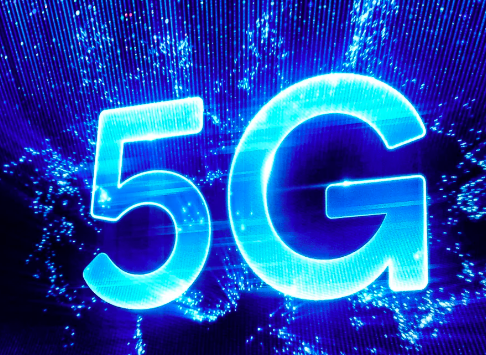
2G, 3G, 4G, and 5G are well known acronyms for labeling generations of cellular technology. These have been approved by ITU-R (ITU Radiocommunication) as part of each generation. The ITU Radiocommunication Sector ensures rational, equitable, efficient and economical use of the radio-frequency spectrum by all radiocommunication services. They carry out studies and adopt recommendations on radiocommunication matters.
We all know how quickly cell phones get outdated or just replaced by newer models. This is why the evolution of cellular technology in generations 2G-5G have mainly been driven by mobile phone production and sales.
IoT is now being recognized more often as a new growing opportunity. Due to this, ITU-R set a requirement to support 1 million IoT nodes within one square kilometer. to Enter ETSI DECT2020 NR – this is a wireless mesh approach that met those criteria easily. Therefore, ITU-R approved the first non-cellular technology to be included in the 5G.
When it comes to the topic of 5G, it’s typical you might expect full interoperability between cellular and non-cellular technology. It’s also important to note that 2G thru 5G are not interoperable at the radio interface. With each improvement, new steps are taken to evolve the technology, yet compatibility is sacrificed.
Different cellular radio access generations are supported in the backend and these different generations are implemented in the same mobile phone handheld. Interoperability is achieved by using earlier generations as a fall-back both in the cellular operator backend and the handheld.
Similarly, the first non-cellular 5G is a significant disruption, although cellular and non-cellular 5G radio interfaces are not interoperable. Instead, it’s possible for them to be implemented in the same unit. The data is then relayed on the application layer from one network to another and/or combined in the backend.
Examples of this could be the cases where data is collected into the backend via cellular 5G and non-cellular 5G radio networks. Another example of co-use is when the non-cellular 5G traffic is routed from a gateway to the backend via a 5G cellular network.
ITU-R has adopted this disruptive wireless mesh technology as part of the 5G. It is important to understand that each technology within the 5G family has a clear role and benefits. These technologies are not interoperable at the radio access layer.
Why non-cellular 5G IoT?
It is of course possible to connect IoT devices on a limited scale and relay data via mobile operators’ 5G cellular data connectivity. However, the non-cellular 5G offers many new opportunities, including the massive capacity, flexible coverage, and density of nodes.
Still, cellular 5G has challenges in the IoT industry. Jussi Numminen talks about this in depth here – Wirepas. To summarize, some challenges have already been raised:
- Cellular 5G requires a lot of infrastructure, tower sites, and antennas, physical SIMs, and equipment.
- Subscription is required to operate and cellular 5G was built for mobile phones and consumer use cases.
Non-cellular 5G IoT is a wireless mesh network made up of nodes. Each of these IoT nodes is capable of making independent decisions to simply join the mesh network or, to extend the network by routing also other nodes’ traffic. By operating in this manner, it removes the need for network planning and the demand for a party to manage the network.
Other than being autonomously managed, mesh networking allows you to own and control who has access to your data. When a cellular operator builds the infrastructure and operates the network, it means that you have to trust all your data to pass within the operator network. This can be avoided with the non-cellular 5G.
5G IoT Radio
The radio technology for the 5G IoT (DECT2020 NR) is a mesh radio and quite possibly the only mesh network with a modern radio link technology. Similar radio link technology modernization steps have already been taken both in the cellular and the Wi-Fi industries. It is about time we bring wireless mesh radio technology to the same level.
Bluetooth and sub-gigahertz technologies mostly operate on a cellular technology equivalent of 2G. For comparison, 5G IoT is built with the technologies adopted already in cellular for the 4G and 5G. The non-cellular 5G adopts the innovations proven within the cellular (and Wi-Fi) industry, such as OFDM (Orthogonal Frequency Division Modulation) and HARQ (Hybrid Automatic Repeat reQuest).
5G IoT radio combines the best features of both sub-gigahertz and Bluetooth radios. It’s reach is comparable to sub gigahertz, but data rates are 10x faster. When compared with the 2.4GHz, with adaptive modulation and coding, it is possible to either enjoy double the range with the same data rate or triple the range with the same data rate as 2.4 GHz. It also has the capability to adjust the data rate, as well as transmit power. With this, the link performance improvements can be turned to reduce the power consumption when the full data rate or link distance is not needed.
Lastly, another advantage that the DECT2020 NR has over the other existing mesh services is the technology-specific dedicated frequency band. Technology-specific frequencies provide the best capacity for operation and this system can operate without duty cycle limitations. Furthermore, 5G approval has enabled an even wider range of frequencies that can be used, as the demand increases and the chipsets evolve forward.

